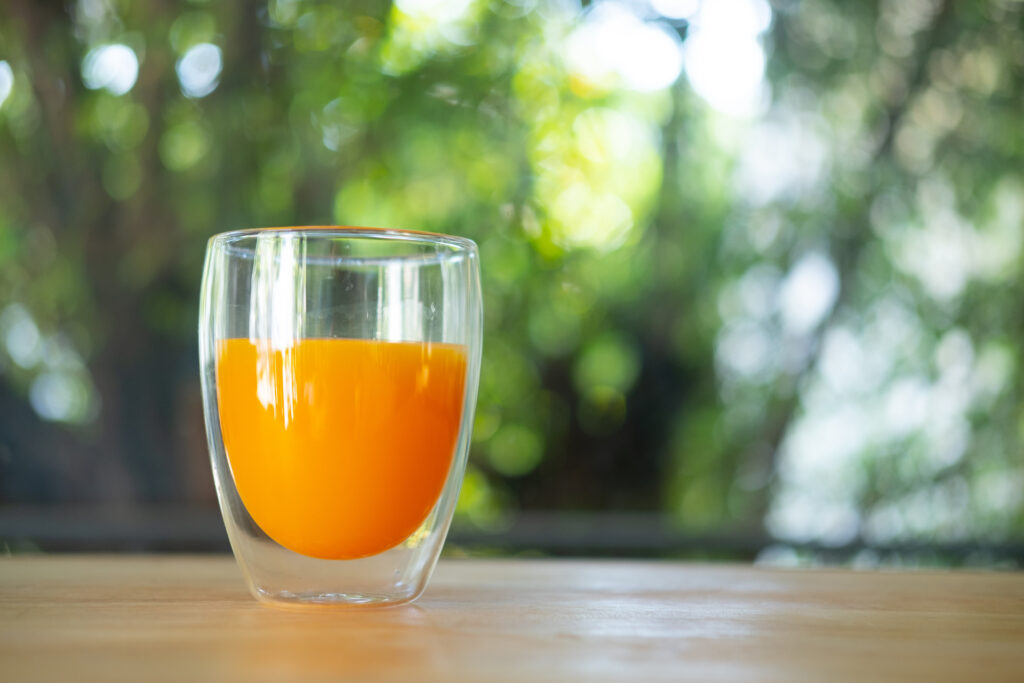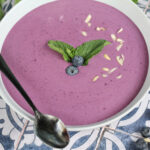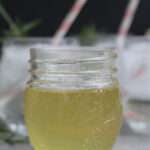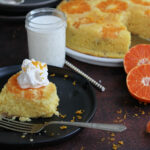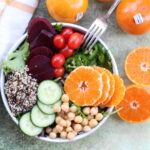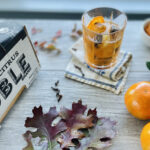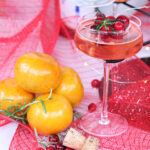At noble, we like to describe the taste experience of fresh Juicy Crunch or Autumn Honey tangerine juice as “aromatic with very special high notes.” And, experts have confirmed that the fresh squeezed natural process has the greatest retention of nutritional values, vitamins, nutrients, enzymes and natural flavors.
If you get your hands on noble Juicy Crunch or noble Autumn Honey, here’s some tips from Fresh From Florida’s Chef Justin to get the most out of your wildly delicious home prepared tangerine juice:
GENERAL JUICING TIPS
- Make sure the tangerines are at room temperature
- Use the palm of your hand to roll the fruit on a hard surface. This will make the citrus easier to juice as well as yield more juice.
- One tangerine should yield about 1/4 cup or 2.5 ounces of fresh juice
TOOLS FOR JUICING - Handheld citrus squeezers are great for when ingredients call for a smaller amount of fresh citrus juice. This is a great technique for recipes and beverages. Use a knife to cut the citrus directly in half. Place one half of the citrus in the squeezer, and squeeze with two hands over a bowl or container. Buy a quality handheld citrus squeezer that is made from metal, as they rely on force to juice.
- A citrus reamer can be a good tool for juicing small amounts of citrus for recipes or ingredients.
- Old fashioned citrus juicers are great for small batches of fresh citrus juice. Roll the citrus on a hard surface and cut each orange in half. Use hand pressure to ream and rotate the juice from the peel. Strain if desired into a pitcher and continue the process until all the citrus is juiced.
- A citrus press is a great tool to have for those who regularly enjoy freshly squeezed citrus juice. They can make juicing larger batches easy. Roll citrus on a hard surface and cut in half. Place a citrus half cut side down on the reamer. With fingers out of the way, add force to the lever to juice. Repeat the process, and store juice in a lidded pitcher.
- Electric juicers are a great way to juice citrus. They can really save time and effort on larger batches of juice. Roll citrus on a hard surface and cut in half. Place a citrus half cut side down on the reamer and press down to juice. Repeat the process, and store juice in a lidded pitcher.
USAGE AND STORAGE - It is always best to use fresh squeezed or juiced citrus immediately. Fresh juice tastes the best when used within 3 days.
YOU CAN FREEZE FRESH SQUEEZED JUICE
Juicy Crunch and Autumn Honey are 40 Years in the Making, But Only 60 Days Available - Freshly squeezed or juiced citrus juice can be frozen and stored for several months in the freezer. Always date and label frozen citrus juice.
- Freeze fresh citrus juice in ice cube trays. When completely frozen, remove citrus ice cubes from the ice cube trey and store in a freezer bag with the date. Use frozen citrus juice cubes in beverages.
